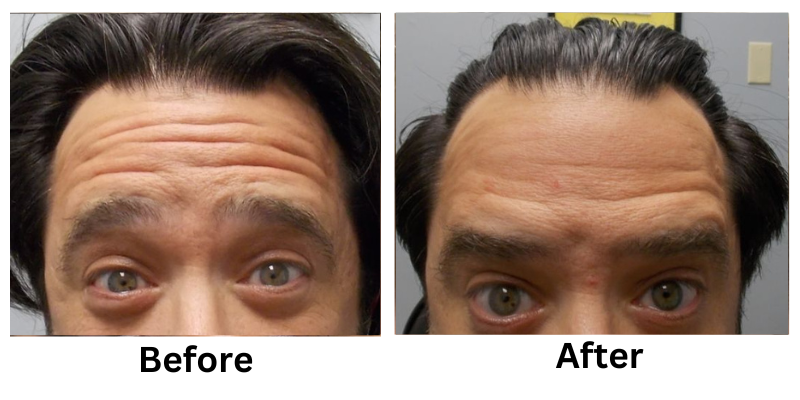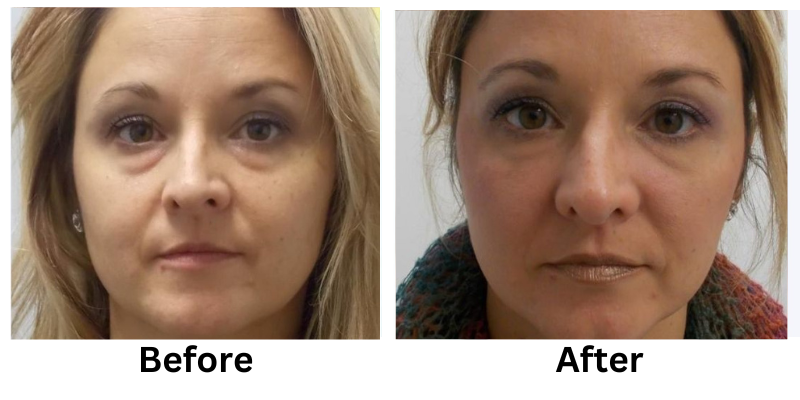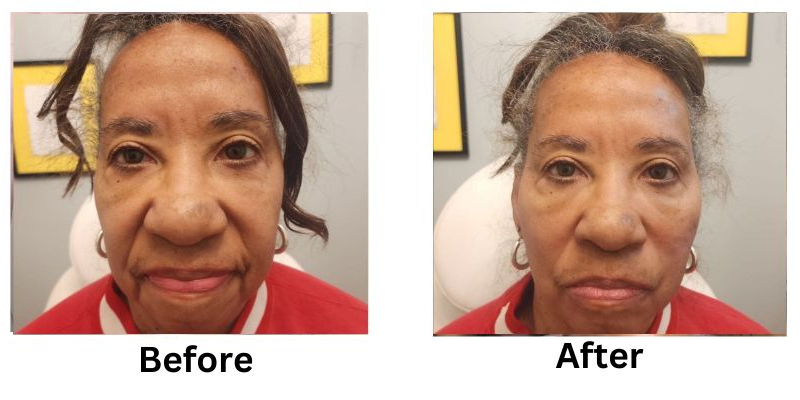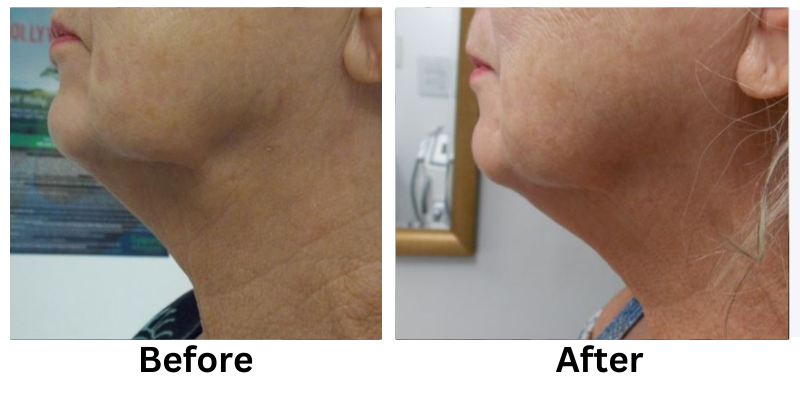Facial treatmentshave evolved from ancient natural remedies like clay masksand herbal infusionsto modern, science-backed procedures such as chemical peels, LED therapy, and IV hydration.
These advancements blend technology, active ingredients, and holistic approachesto address diverse skin concerns, ensuring healthier, radiant skin.
Origins of Facial Treatments
The history of facial treatments dates back to ancient civilizations. Egyptians were among the first to use natural ingredients such as honey, milk, and clay masksto maintain healthy and glowing skin.
These natural remedies were valued for their ability to cleanse and hydrate. Similarly, the Greeks and Romans relied on olive oiland herbal infusions to keep their skin supple and protected against harsh environmental elements.
During the Renaissance, skincare gained sophistication. Women used rosewater and other floral extracts to brighten their skin and maintain a youthful appearance.
Herbal treatments became more prevalent, and achieving a pale, flawless complexion was considered a sign of beauty and status. These methods, though primitive compared to today’s standards, laid the foundation for modern facials.
The Shift to Scientific Skincare
The 20th century marked the beginning of science-driven skincare. Dermatologists introduced treatments like chemical peelsand microdermabrasion, which offered targeted solutions for common issues such as wrinkles, hyperpigmentation, and uneven texture. Ingredients such as alpha hydroxy acids (AHAs)revolutionized the skincare industry, providing deeper exfoliation and visible results.
By the late 1900s, non-invasive procedures became more accessible. Techniques like laser resurfacingand injectables such as Botoxtransformed how individuals approached aging and skincare.
These treatments allowed people to achieve smoother, younger-looking skin with minimal downtime. Today,Botox and neurotoxinsare widely used to relax dynamic wrinkles and maintain a youthful appearance.
Facial Treatments Through the Decades
In the 1990s, chemical peelsgained popularity for their ability to exfoliate deeply and address signs of aging. At the same time, microdermabrasionbecame a preferred option for those seeking a gentler yet effective way to rejuvenate their skin.
The 2000s saw a focus on hydration and inflammation reduction. Treatments like hydrafacialsand LED light therapyemerged as effective ways to address dehydration, acne, and fine lines. Red light therapyboosted collagen production, while blue light therapytargeted acne-causing bacteria.
By the 2010s, personalization became the hallmark of skincare. Treatments were customized based on skin type and individual concerns. Options like radiofrequency therapyand microneedlinggained traction for their ability to improve elasticity and texture.
The 2020s introduced a blend of technology and wellness. Modern facials now integrate IV therapy, which hydrates and nourishes the skin from within, providing a comprehensive approach to skincare. For more on this innovative treatment, explore the benefits ofIV therapy.
Key Advances in Modern Facial Treatments
Modern facial treatments are backed by advanced technology and cutting-edge research. Chemical peelsremain a cornerstone for improving skin tone and texture. These treatments use acids to remove damaged outer layers, promoting cell renewal and revealing brighter, smoother skin.
LED light therapyhas gained significant traction for its versatility in addressing a wide range of concerns, including wrinkles, acne, and inflammation. Microdermabrasionis another popular technique, offering a non-invasive way to exfoliate deeply and achieve even skin tone. The introduction of hydrafacials has been a game-changer, combining multiple steps—cleansing, exfoliation, hydration—into one seamless treatment.
The Importance of Ingredients in Skincare
Active ingredients have revolutionized the way facial treatments are performed. Retinoids, derived from Vitamin A, are among the most effective for boosting collagen productionand reducing fine lines.
Antioxidants like Vitamin C protect the skin against free radicals, preventing premature aging. Hyaluronic acid, known for its moisture-retaining properties, is a key component in hydration-focused facials.
Knowing which ingredients work best for your skin type is essential. Treatments that incorporate alpha hydroxy acidsand antioxidantstarget specific concerns such as hyperpigmentation and dullness. For more insights into effective ingredients, learn about thetop ingredients in facial treatments.
Holistic Skincare: Beyond the Surface
The modern approach to facials goes beyond surface-level care. Today’s treatments are designed to address underlying factors that impact skin health.
For example, IV therapy replenishes hydration from within and delivers essential nutrients directly to the bloodstream, enhancing overall wellness. This holistic approach ensures that the skin receives comprehensive care, both inside and out.
Facial treatments are now complemented by technologies such as microneedling, which stimulates the body’s natural healing processes. These advancements ensure that the benefits extend beyond aesthetics, improving the skin’s long-term health.
Why Facial Treatments Are Essential
Facial treatments provide both immediate and long-term benefits. They help maintain hydration, improve elasticity, and reduce the appearance of wrinkles. Regular facials also promote relaxation, which has a positive effect on stress-related skin concerns.
The combination of professional treatments and high-quality ingredients ensures that skin remains vibrant and healthy.
For those looking to address aging concerns specifically, facial treatments such as chemical peels, LED therapy, or even injectables can deliver noticeable improvements. Learn more about howfacial treatments help combat aging skinfor tailored solutions that suit your needs.
Conclusion
Facial treatments have come a long way, evolving from simple natural remedies to advanced, science-backed procedures that cater to various skin concerns. From ancient clay masks to cutting-edge therapies like Botox and IV hydration, these treatments offer something for everyone.
They remain an essential component of skincare, blending technology, active ingredients, and holistic care to deliver radiant, youthful skin.
For modern, customized facial treatments and additional solutions likeBotox injectablesorIV therapy, consult professionals who can help you achieve your skincare goals.
Call us at (816) 524-3438to book your next treatment.











![[thumb]](https://slimmingsolutionsspa.com/wp-content/uploads/2023/12/Liquid-face-150x150.png)
![[thumb]](https://slimmingsolutionsspa.com/wp-content/uploads/2023/12/Liquid-face-1-150x150.png)






![[thumb]](https://slimmingsolutionsspa.com/wp-content/uploads/2023/12/revanesse-versa-1-150x150.png)
![[thumb]](https://slimmingsolutionsspa.com/wp-content/uploads/2023/12/revanesse-versa-2-150x150.png)
![[thumb]](https://slimmingsolutionsspa.com/wp-content/uploads/2023/12/revanesse-versa-3-150x150.png)
![[thumb]](https://slimmingsolutionsspa.com/wp-content/uploads/2023/12/revanesse-versa-4-150x150.png)
![[thumb]](https://slimmingsolutionsspa.com/wp-content/uploads/2023/12/revanesse-versa-5-150x150.png)
![[thumb]](https://slimmingsolutionsspa.com/wp-content/uploads/2024/01/Eyebrow-treatment-1-1-150x150.png)


![[thumb]](https://slimmingsolutionsspa.com/wp-content/uploads/2023/12/Skin-Rejuvenation-1-150x150.png)
![[thumb]](https://slimmingsolutionsspa.com/wp-content/uploads/2023/12/Skin-Rejuvenation-2-150x150.png)













![[thumb]](https://slimmingsolutionsspa.com/wp-content/uploads/2024/01/RHA-Treatmetn-3-150x150.png)
![[thumb]](https://slimmingsolutionsspa.com/wp-content/uploads/2024/01/RHA-Treatmetn-2-150x150.png)
![[thumb]](https://slimmingsolutionsspa.com/wp-content/uploads/2024/01/RHA-Treatmetn-1-150x150.png)



![[thumb]](https://slimmingsolutionsspa.com/wp-content/uploads/2024/01/Thread-Lifts-1-150x150.png)
![[thumb]](https://slimmingsolutionsspa.com/wp-content/uploads/2024/01/Thread-Lifts-2-150x150.png)
![[thumb]](https://slimmingsolutionsspa.com/wp-content/uploads/2025/02/Lip-Filler-2-150x150.png)




![[thumb]](https://slimmingsolutionsspa.com/wp-content/uploads/2023/12/skin-reuvulation1-150x150.png)
![[thumb]](https://slimmingsolutionsspa.com/wp-content/uploads/2023/12/skin-rejuvulation-2-150x150.png)
![[thumb]](https://slimmingsolutionsspa.com/wp-content/uploads/2023/12/Skin-Tighting-150x150.png)
![[thumb]](https://slimmingsolutionsspa.com/wp-content/uploads/2023/12/Before-150x150.jpg)






![[thumb]](https://slimmingsolutionsspa.com/wp-content/uploads/2023/12/weightloss-1-150x150.png)
![[thumb]](https://slimmingsolutionsspa.com/wp-content/uploads/2023/12/weightloss-2-150x150.png)
![[thumb]](https://slimmingsolutionsspa.com/wp-content/uploads/2023/12/2Weight-Loss-2-150x150.png)
![[thumb]](https://slimmingsolutionsspa.com/wp-content/uploads/2025/02/Weight-Loss-1-new-150x150.png)
![[thumb]](https://slimmingsolutionsspa.com/wp-content/uploads/2023/12/Weight-Loss-3-150x150.png)
![[thumb]](https://slimmingsolutionsspa.com/wp-content/uploads/2025/03/Slimming-Solutions-BA-Template-150x150.png)




![[thumb]](https://slimmingsolutionsspa.com/wp-content/uploads/2023/12/dat3-150x150.png)
![[thumb]](https://slimmingsolutionsspa.com/wp-content/uploads/2023/12/dat-0-150x150.png)
![[thumb]](https://slimmingsolutionsspa.com/wp-content/uploads/2023/12/dat-1-150x150.png)
![[thumb]](https://slimmingsolutionsspa.com/wp-content/uploads/2023/12/Before-1-150x150.png)





![[thumb]](https://slimmingsolutionsspa.com/wp-content/uploads/2024/01/EMS-Treatment-2-150x150.png)
![[thumb]](https://slimmingsolutionsspa.com/wp-content/uploads/2024/01/EMS-Treatment-1-150x150.png)
![[thumb]](https://slimmingsolutionsspa.com/wp-content/uploads/2025/02/ems-BNA-front-150x150.png)
![[thumb]](https://slimmingsolutionsspa.com/wp-content/uploads/2025/02/EMS-bna-SIDE-150x150.png)
![[thumb]](https://slimmingsolutionsspa.com/wp-content/uploads/2024/01/EMS-Treatment-6-150x150.png)






